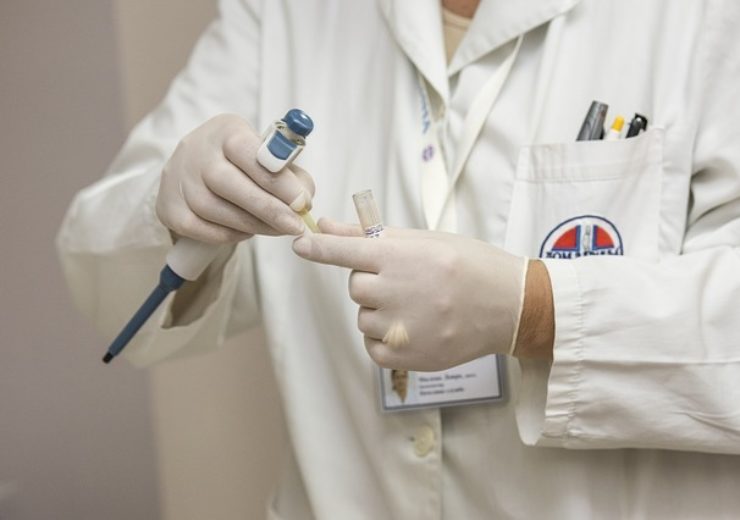Treatment of advanced Parkinson’s disease (PD) remains challenging, with fluctuations in motor status often resulting in patients becoming severely handicapped

Image: Valeritas unveils h-Patch Apomorphine study results. Photo: Courtesy of Darko Stojanovic from Pixabay.
Valeritas Holdings, Inc. (NASDAQ: VLRX), a medical technology company and maker of the V-Go® Wearable Insulin Delivery device, which uses its proprietary h-Patch™ technology, announced positive data from its preclinical pharmacokinetic (PK) study of apomorphine (APO) subcutaneous infusion was presented today at Global Experts Meeting on Frontiers in Alzheimer’s Disease & Dementia (Dementia 2019) in Rome, Italy.In the poster presentation titled “Preclinical Pilot Study Result of 24-Hour Apomorphine Subcutaneous Infusion Delivered via the h-Patch™ Wearable Device,” the data demonstrated rapid absorption and distribution of 400ul of a 25mg/ml APO solution with the h-Patch™ technology. APO was detected in plasma within two hours of the start of infusion, and still detectable 24 hours after completion of h-Patch™ infusion, or 48 hours in total.
“The study presented demonstrates that a non-peptide therapeutic like apomorphine can be delivered via our simple all-in-one, fully disposable, h-Patch™ subcutaneous drug delivery device,” said John Timberlake, President and Chief Executive Officer of Valeritas.
Valeritas’ h-Patch™ is a drug delivery technology that can facilitate the simple and effective subcutaneous delivery of injectable medicines to patients across a broad range of therapeutic areas. The company’s V-Go is the first FDA-approved product that utilizes the h-Patch™ technology. To date, more than 20 million V-Go insulin delivery devices have been sold in the United States.
Treatment of advanced Parkinson’s disease (PD) remains challenging, with fluctuations in motor status often resulting in patients becoming severely handicapped. The magnitude and pattern of the motor response to a single dose of subcutaneously administered Apo are qualitatively comparable to that of oral levodopa; however, side effects of oral dosing (nausea, vomiting, etc.) can be problematic.
Close to a dozen clinical studies have shown subcutaneous Apo infusions are successful in aborting “off” periods, reducing dyskinesias, and improving PD motor scores with the added benefit of a substantial levodopa-sparing effect. However, bulky infusion pumps requiring delivery of relatively large volumes of therapeutics remain a barrier to the development of therapeutic products that are patient and caregiver friendly.
Source: Company Press Release
